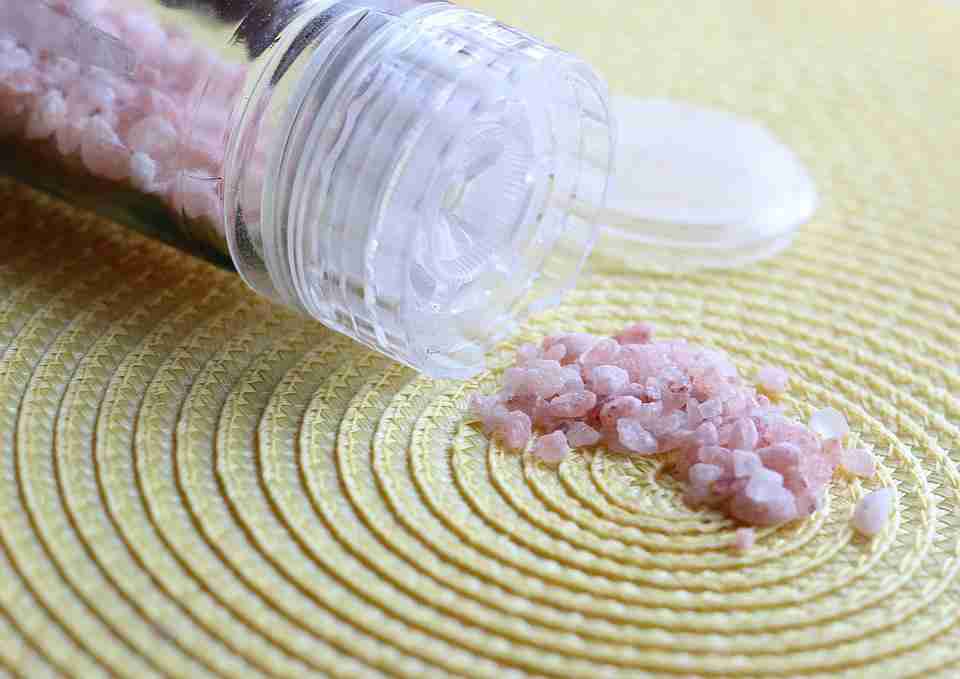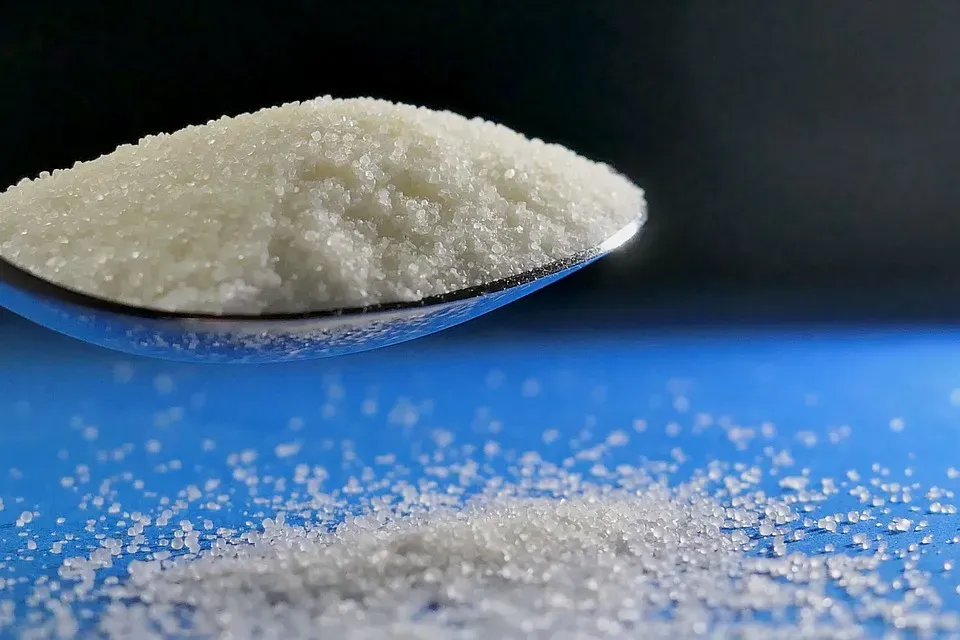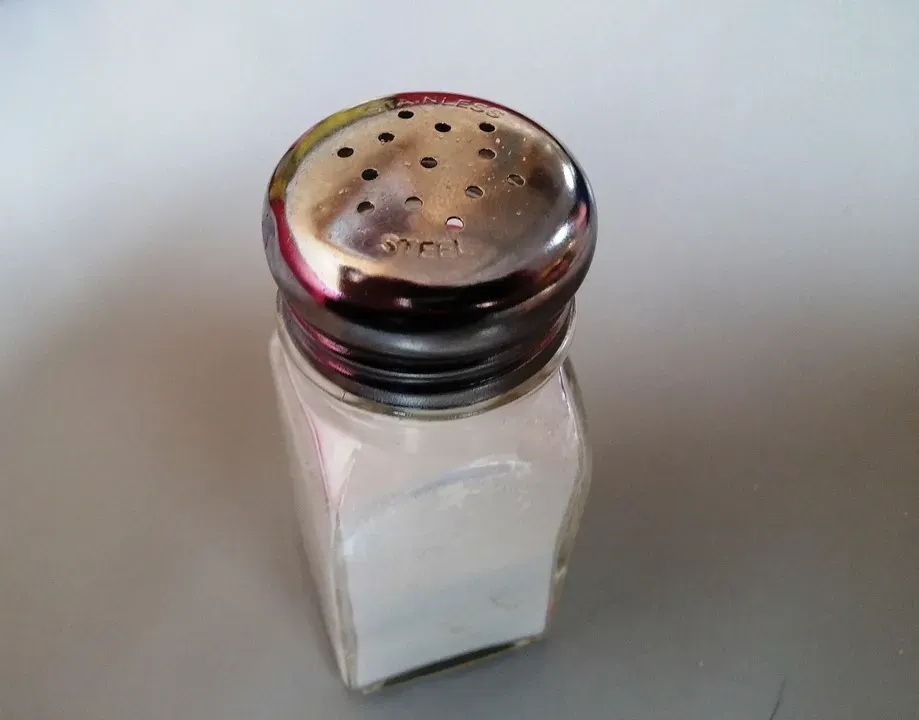
SODIUM - DESCRIPTION, ACTION, BENEFITS AND INTAKE

7 min read
Before I introduce you to them, see in fact exactly how much salt to consume with food during the day. And get to know the power and charm of salt. She is not our enemy. It’s all about doses! If you consume lower levels of salt during the day and get closer to the norm, you will absorb the following benefits:
DESPITE THE DIRECTIONS, USE SALT (SODIUM)

Sodium plays an essential role in several vital body functions. As a partner of potassium , it is also of great importance for the regulation of blood volume and blood pressure. Maintaining the required level of sodium not only works in sync with potassium, but also performs certain independent functions and is particularly important in meeting certain specific physiological requirements.
Reduce Sodium
A diet high in sodium is associated with an increased risk of high blood pressure. But still, sodium consumption through salt in food and the food itself is important to many processes in the body.

The fastest way to lower your sodium is to eat more food in its natural state. That doesn’t mean you have to give up all flavors, sauces, dressings, or eating. These ideas can help you cut back on salt:
1. Boost flavor: enhance the flavor profile of naturally healthy food by adding herbs and spices. You can add spices such as: flavored vinegars, use flavored types of olive oil , etc.
2. Keep a well-stocked spice cabinet: spices are the cook’s secret ingredients. Salt is a common food added to increase flavor, but spices offer more pizzazz. For example, when making eggs for breakfast, don’t finish with a sprinkle of salt. Spices and herbs can add a satisfying flavor that makes you forget about salt. Achieve a new flavor by adding:
- smoked red pepper
- fresh or dried fennel
- chopped basil 3
3. don’t guess about added salt: The recommended amount of salt per day is less than one teaspoon. You might be surprised how much that is. When cooking, reach for the measuring spoon instead of the eyeball. Try to use half or less of the salt the recipe calls for. When adding salt at the table, do not sprinkle from the shaker. You can try these methods:
- place ¼ teaspoon of salt in your hand. Observe how much space this amount of salt takes up. Take a pinch of salt and add it to your food.
- use a container and a very small spoon for your salt or sprinkle the salt on your spoon first. Seeing the amount of salt can help you be aware of how much you’re using.
4. Ask for less salt: When eating out, you can ask for your meal to be prepared without extra salt. Another option is to ask for the sauce or dressing to be served on the side. You may find that you don’t eat as much of the dressing when you dress your own salad. Sauces and dressings are usually where salt is added.
5. o get hydrated: also remember to keep your body well hydrated. You may crave salt after exercise, illness, or surgery. Try a glass of cold water with lime or lemon and a natural electrolyte replacement. You may find that when you quench your thirst, you no longer want the extra salt.
6. Plan your meals in advance: Processed and convenience foods tend to be high in salt. Meal planning is an ideal way to add low-sodium foods to your diet.
SODIUM AND SPORTS PERFORMANCE (RESULTS) AND ATHLETE’S HEALTH
During training for high and professional (correct) sports achievements, the demands on the blood reserve increase. With reduced blood volume, the body can experience serious physiological stress. A larger blood volume delivers more blood to the working muscles. It also implies the transfer of more oxygen in the form of hemoglobin and myoglobin to the cells of the working muscles. In addition, there is an increased transport of nutrients to them. Greater blood flow corresponds to optimal sodium levels .

A drop in blood volume is a serious risk even for sedentary people. Its negative effect on the athlete is drastically greater. With the increased need for greater blood volume during high-intensity exercise, if the requirements to deliver the necessary amounts of oxygen and nutrients are not met, the athlete is at great risk of a number of negative deviations caused by a drop in blood volume. Nutrients do not nourish the working muscle, brain and other working organs. During high-intensity aerobic exercise, sodium depletion occurs, and as blood lactate volume increases, toxic levels increase. In addition, waste products cannot be easily eliminated from the body, causing the athlete to become debilitated. During high-intensity anaerobic exercise, lactic acid accumulation also rises sharply. This leads to weight loss and increasingly poor performance.
Inadequate intake of sodium (for example, through salt in the diet) leads to an electrolyte imbalance : another important deviation associated with a low level of sodium is the chemical imbalance it causes in the body, i.e. disturbance of the balance between potassium and sodium. As we have already mentioned in relation to the functioning of nerves and muscles, its negative effect is multifaceted. In addition, it also causes problems by disrupting the functions of the heart, brain and liver.

Remember that the electrolyte balance in the cell can only be achieved by providing precisely defined levels of potassium and sodium, which is the only condition for creating the so important cellular gradient. With a decrease in potassium or sodium, the delicate balance between them is disturbed and the body begins to suffer from a number of physiological functions being disrupted. These include dizziness, nausea and disorientation. As a result of a drop in sodium level, it can be expected that a collapse in kidney function will also occur. It is becoming clear that sodium deficiency can lead to serious consequences not only in athletes but also in people leading a sedentary life.
Therefore, to avoid all the negatives, mainly due to the lack of enough sodium in our body, regularly consume salt - table salt (NaCl) . The presence of cooking salt for an 80 kilogram individual for the day is between a minimum of 1 to 3 sodium grams per day. With a daily intake of 5-15 grams of table salt, 2-6 g of sodium are taken into the system. I.e. take about 5 grams of table salt daily. This salt is also contained in ready-made dishes, marinades, sauces, as well as directly, after flavoring dishes - voluntary determination of the amount, depending on ourselves. The non-consumption of salt leads precisely to retention of water and fluids in the body.
Benefits of Eating Less Sodium
| Benefit | Description |
|---|---|
| Lowering of Blood Pressure | Reduces fluid retention, leading to lower blood pressure. |
| Reduced Risk of Heart Attack | Lowers the strain on the heart, decreasing the risk of heart attacks. |
| Reduction of LDL Cholesterol | Helps manage blood pressure, which can reduce LDL cholesterol levels. |
| Prevention of Congestive Heart Failure | Reduces the strain on the heart, preventing heart failure. |
| Reduced Risk of Kidney Damage | Decreases strain on kidney blood vessels, preventing potential damage. |
| Prevention of Stroke | Lowers the risk of strokes caused by reduced blood flow to the brain. |
| Reduced Risk of Brain Aneurysm | Reduces the risk of weakened blood vessels in the brain, preventing aneurysms. |
| Protection of Eyesight | Prevents damage to blood vessels in the eyes, protecting vision. |
| Reduced Risk of Diabetes | Lowers the likelihood of metabolic syndrome and diabetes risk. |
| Improved Memory | Supports better blood flow and brain health, enhancing memory and cognition. |
| Reduced Risk of Dementia | Decreases the risk of vascular dementia by maintaining healthy blood vessels. |
| Reduced Hardening of Arteries | Prevents thickening of artery walls, keeping blood vessels flexible. |
| Reduced Bloating | Minimizes water retention, reducing bloating and discomfort. |
| Reduced Fluid Intake | Less sodium reduces thirst and the urge to drink high-calorie beverages. |
| Reduced Salt Cravings | Adjusts taste buds to lower sodium levels, making it easier to enjoy less salty foods. |
| Reduced Risk of Headaches | Prevents blood vessel dilation in the brain, reducing headache frequency. |
| Stronger Bones | Prevents excessive calcium loss from bones, supporting bone density. |
| Lower Risk of Kidney Stones | Decreases the risk of kidney stones by reducing calcium in the urine. |
| More Efficient Heart Function | Allows the heart to pump blood more efficiently, reducing heart strain. |
| Reduced Risk of Stomach Cancer | Limits the growth of H. pylori bacteria in the stomach, lowering the risk of stomach cancer. |


